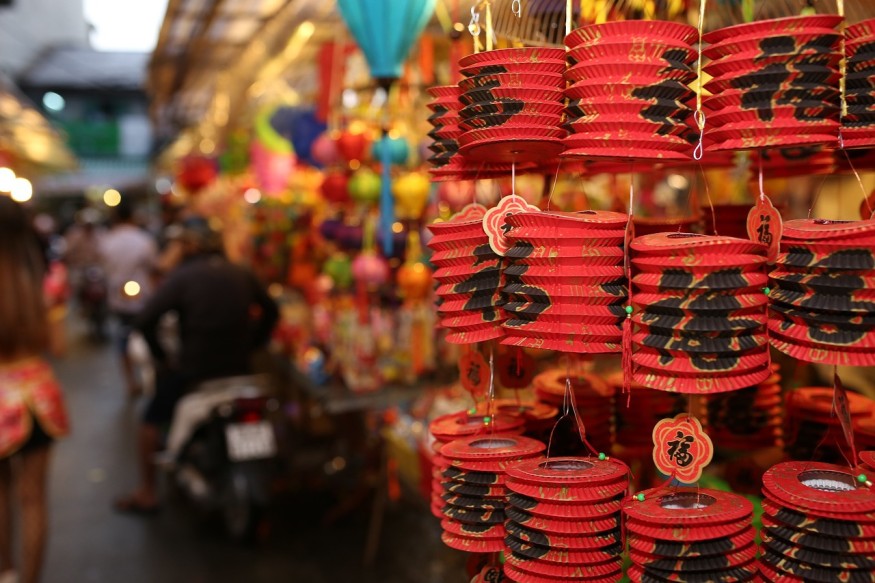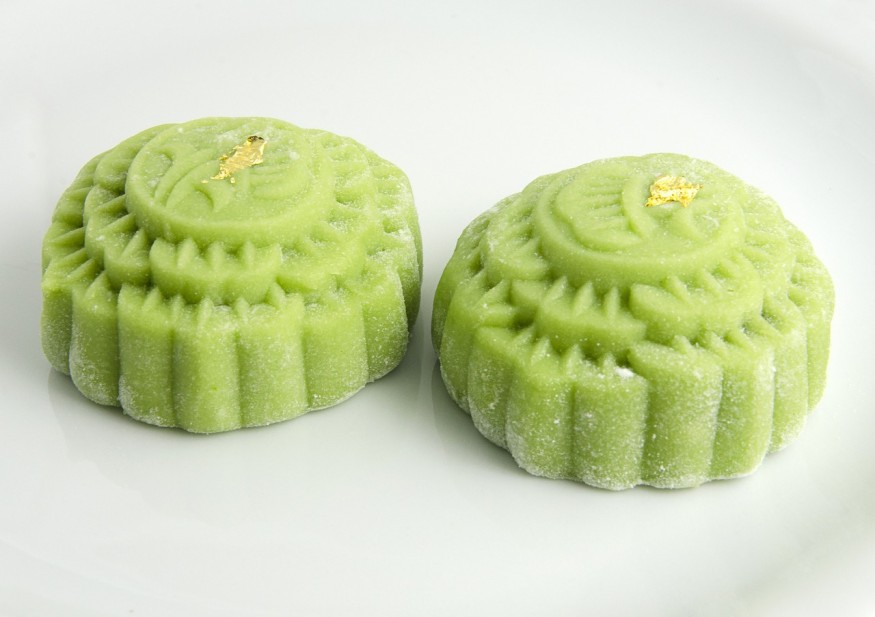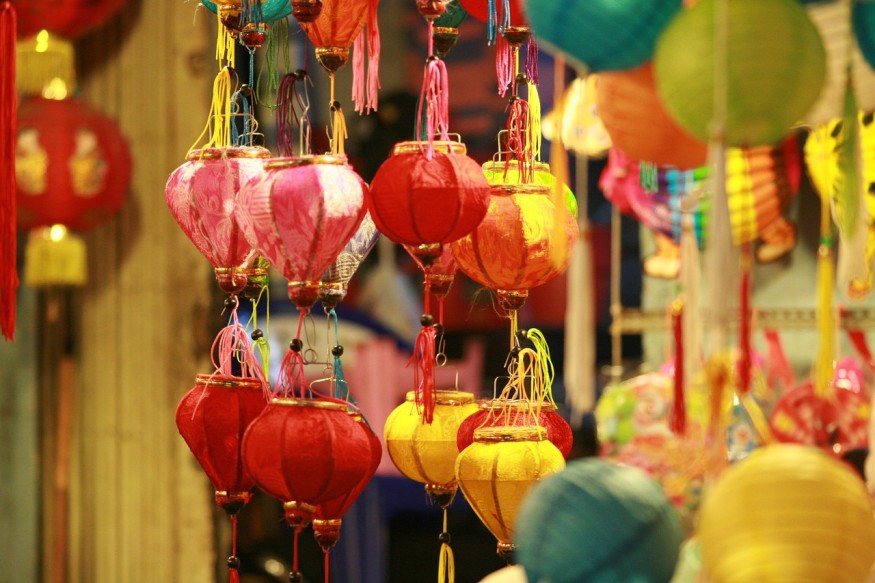The Mid-Autumn Festival is a major celebration in Asian culture. Let us look at what this festival is all about. It represents the end of the autumn harvest, a time for families and communities to unite. This festival has roots in ancient traditions and has evolved over the years while keeping its core values of togetherness and gratitude.
Looking at its history, the Mid-Autumn Festival started with lunar worship and moon gazing practices. In ancient times, people celebrated to thank the moon deity for a good harvest. These rituals changed over the years, mixing with local customs and stories, but the festival's spirit remains unchanged.

Today, the Mid-Autumn Festival connects the past and the present. It brings together traditional customs with modern celebrations. Whether participating in old rituals or enjoying current festivities, the festival offers cultural experiences.
Experience the Festival in Different Asian Countries
The Mid-Autumn Festival was celebrated with enthusiasm and joy across Asia and showcased the diverse ways different countries honor this special occasion. Each nation adds cultural flavors to the celebration, creating various unique experiences under the autumn moon.
China
China celebrates the Mid-Autumn Festival as a time for family reunions and joy. Central to the festival is the moon, a symbol of unity and harmony. Mooncakes, essential to the festivities, represent family togetherness. These round pastries come with various fillings, mirroring the full moon and the idea of family unity.
Lanterns also play a key role. Streets and homes light up with colorful lanterns, bringing a magical atmosphere to the night. Traditional lanterns often have riddles on them, inviting people to engage in a bit of fun and games.
Moreover, the Mid-Autumn Festival in China includes contemporary elements. Light shows, concerts, and online events add a modern twist, appealing to the younger generation while keeping the festival's core values intact.

Read Also : If You Are Spending the Holidays Abroad, You Can't Miss These European Christmas Traditions
South Korea
Known as Chuseok in South Korea, the festival focuses on gratitude and family. Families gather to honor their ancestors, a practice known as Charye, by preparing a table with food offerings like fresh rice and fruits.
Food is a central element of Chuseok. Alongside ritual foods, families make Songpyeon, a type of rice cake with sweet fillings. Making Songpyeon is a collaborative family activity.
People also wear traditional Hanbok and enjoy folk games like Ganggangsullae, a circle dance under the moon. These activities reinforce community bonds and shared heritage.

Japan
Japan's Mid-Autumn Festival, Tsukimi or Moon-Viewing, is a quieter event focusing on moon appreciation. Japanese people decorate with Suzuki (pampas grass) and offer dango, sweet rice dumplings, to the moon, expressing gratitude for a good harvest.
The celebration is reflective, with gatherings in gardens or near windows to watch the moon. Tea ceremonies and poetry readings often accompany these moments, highlighting the festival's artistic and thoughtful nature.
Vietnam
In Vietnam, the Mid-Autumn Festival, or Tết Trung Thu, is especially joyful for children. Streets come alive with lion dances, believed to bring good luck and ward off evil spirits.
Children join lantern parades, showcasing creative lanterns of various shapes. Traditional folk tales are told, connecting the celebration to Vietnam's cultural history.
Vietnamese mooncakes, though similar to Chinese ones, feature distinct flavors, reflecting the diversity of the festival.
Related Article : How Yuletide Traditions Illuminate Asia's Holiday Spirit
This article is copyrighted by Travelers Today, the travel news leader




